
1-02-2022
Nevertheless, not everything is so unambiguous. After all, where offline outlets have lost profits, e-commerce has traditionally benefited and found new promising vectors of development.
In the past couple of years, the fashion industry has turned upside down: revenue from conventional retail outlets has dropped catastrophically, while online sales have skyrocketed. The transition to Digital, which in normal circumstances might have taken years, was completed by many retailers in just a few months! This gave companies that were already strong on the Internet an even greater advantage over competitors who could not get their hands on the numbers.
On the other hand, those who did not do so in time frequently struggled to adjust to the online shopping boom without sacrificing quality of service. New patterns of consumer behavior and widespread demand for technological innovation have emerged. Fraud patterns have also changed, proving that proactive prevention technology and adaptable data-driven solutions have become a necessity in today's e-commerce landscape.
In order to navigate better and be ready for the changes in the digital segment of Fashion-retail, we suggest you familiarize yourself with the key results of the latest Riskified research, which we have adapted and published especially for you!

The Riskified report explores the dynamics of Fashion Retail in 2021, examining the new challenges of omnichannel, the benefits of alternative payment methods, and the importance of seamless service to customer engagement and retention.
Riskified is one of the largest publicly traded e-commerce cybersecurity companies since 2012. Provides SaaS fraud prevention and chargeback technology based on behavioral analysis, elastic linking, proxy detection and machine learning.

Conversion rates of online stores depending on available payment methods
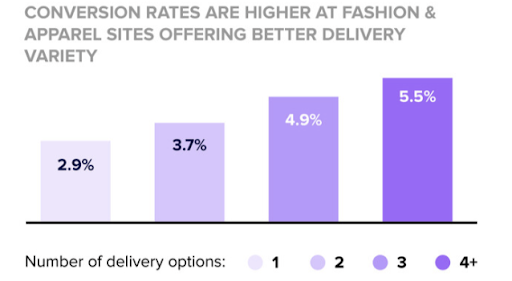
Conversion rates of online stores depending on available delivery methods
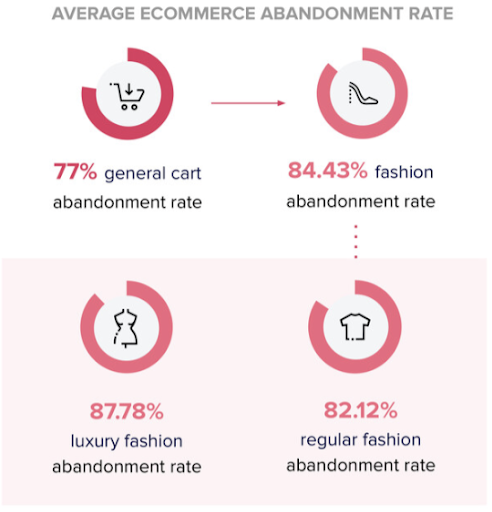
Total level of abandoned carts

Different payment methods showed different levels of attempted e-fraud
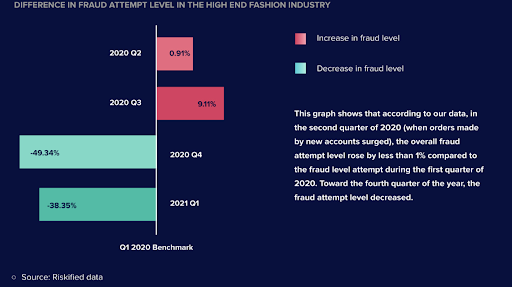
In the second quarter of 2020, the overall e-fraud rate increased by less than 1% compared to the first

The difference in the overall fraud rate for expedited and non-accelerated delivery
As much as e-commerce has supplanted traditional retail stores, online sales are still less profitable, according to McKinsey. For obvious reasons, without the same problems of delivery, returns or fraud, physical retailers still offer a qualitatively different customer experience and service.
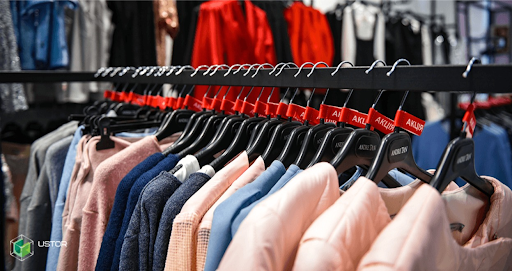
Professional retail equipment will help retailers to adapt to new requirements and restrictions, as well as not to lower the bar of offline service!
Our own modern production and experienced engineering team allows us to implement projects of any complexity, including in close cooperation with the customer's designers or according to your ideas, sketches, drawings, brand book.
Ustor specialists know the pains and needs of Ukrainian retail and will help you to realize any solution from drawings to installation in order to provide your customers with emotional involvement and desire to return!
Bright examples of works in Ukraine, made in full visual, functional and textural accordance with the customer's brand book, were Antoshka stores, as well as retail outlets of two international brands, 4F and Intersport:
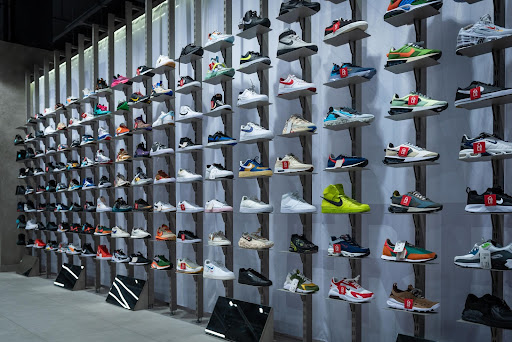
Intersport
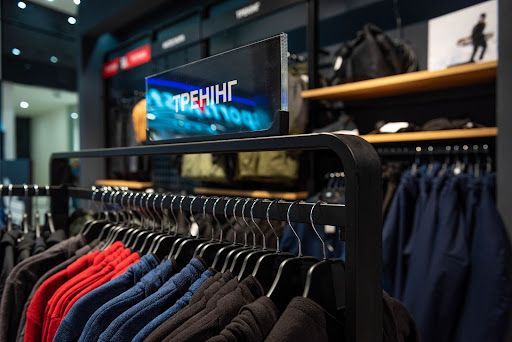
4F
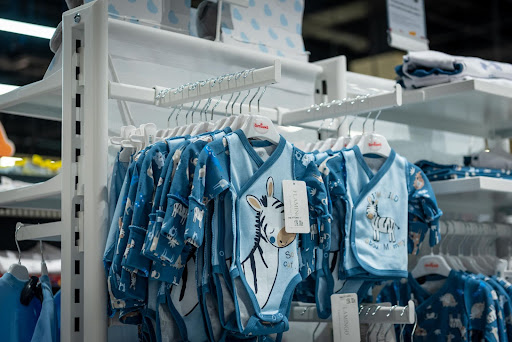
Antoshka
Find the optimal balance between online and offline service
As more users than ever tend to shop through their preferred channels, the Fashion industry is well positioned to set new standards for customer interaction.
Learn about your customers' payment and delivery preferences
Today's online consumers want more flexibility and freedom of choice when it comes to payment and delivery methods, making checkout an integral part of the purchase experience.
Meet expectations!
Because offering a seamless and convenient interaction from first click to order fulfillment is the best way to ensure engagement, loyalty and retention of your business' target audience.
Last year we already talked a little about the RAF series and gave examples of how standard shelving can be adapted to products from different niches. We won’t go over […]
21-01-2019
Branded racks based on the RAF series [with examples]
Nowadays offices, shared workplaces and other public premises are not just rooms with tables and chairs, where everyone has personal few square meters. Companies divide the space in such a […]
2-04-2019
How Public Spaces Are Changing
Experts believe that by 2030, 67% of consumer interactions will be provided by smart devices. Would it be wrong for brands to trade empathy for efficiency? Modern technologies have completely […]
8-04-2021
How the consumer will look like in 10 years?
The application has been sent!

Our specialist will contact you as soon as possible